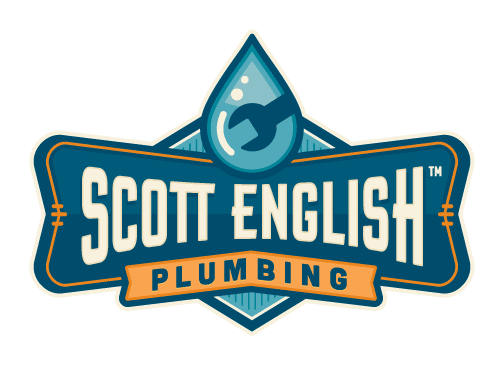Tips on Working with Pipeline Inspection
If you are a homeowner facing problems with your sewage pipes, one of the most important things you need to understand is that this is something that is too costly to leave to trial and error methods. Professional and licensed plumbers have a few tricks that they use to deal with the problem, which they have gained through a combination of training, experience, and quite possibly a couple of mistakes. Here are a few tips on working with pipeline inspections.
Routine Inspection
Prevention is better than cure applies even to plumbing problems including pipeline inspections. Doing a routine inspection of the drain lines as well as the vent stacks of your homes or your business property is just one way of ensuring that plumbing problems do not become a costly mistake.
Pipeline inspection is nothing different, except for the fact that the work takes you outside your property and onto the streets. This is because an efficient pipeline inspection will always take into consideration the sewer main as well as the lateral connections aside from other important plumbing factors.
This is the primary reason why it is necessary to leave pipeline inspection work to the experts who have the proper training and equipment to do the job properly.
Training Will Take Time
In case you are entertaining thoughts of doing pipeline inspections on your own, it is vital to understand that certification is just the start and training to be an operator will take time. Learning how to observe, absorb, and interpret the data gathered from the inspection process cannot be achieved through books or the Internet.
Licensed professional plumbers go through a well thought out program to train them on how to handle different types of plumbing problems associated with your pipelines. It is not as easy as sitting down and executing a software to see what is happening inside your plumbing pipes. There are other unforeseen nuances that can crop up on you while working on the streets like the flow of traffic for example.
This is the reason why many operators of professional plumbing services start out as helpers so that they get a feel of all the factors involved. The entire process itself is not as simple and straightforward as you might think. In one case, the pipeline inspection took almost 2 hours to complete; running the tool in both directions.
This is necessary to have the data downloaded and analyzed to generate a preliminary report to the client. Problems that can be encountered can include corroded or collapsed areas of the pipes, which can be established through the CCTV inspection tool. This information will allow the proper repair program to be done, which is designed to save both time and money with as little disruption to the property as possible.
Solving the Problem
All pipeline inspection vehicles are equipped with a checklist that all operators must mark off before and after they have dealt with a job. This is done to make sure that the process of solving the problem is done in the most efficient manner possible. This is also another reason why you cannot handle pipeline inspections on your own, because of the high possibility of missing out on the essentials to check off the list.
Sending the camera into the pipe is just part of the process of solving the problem and conducting a pipeline inspection. You have to remember that getting the camera into the pipe does not mean you can get it out. The tool can get caught with whatever blockage is in the pipe giving you another source of headache.
There will also be problems of heavy tree root growth, intruding laterals, and other significant intrusions. Without the proper training, you will find out that doing pipeline inspections on your own can be a very difficult process.
So the best and easiest way to deal with pipeline inspection is to pick up the phone and let a licensed professional like Scott English Plumbing handle the work for you.
